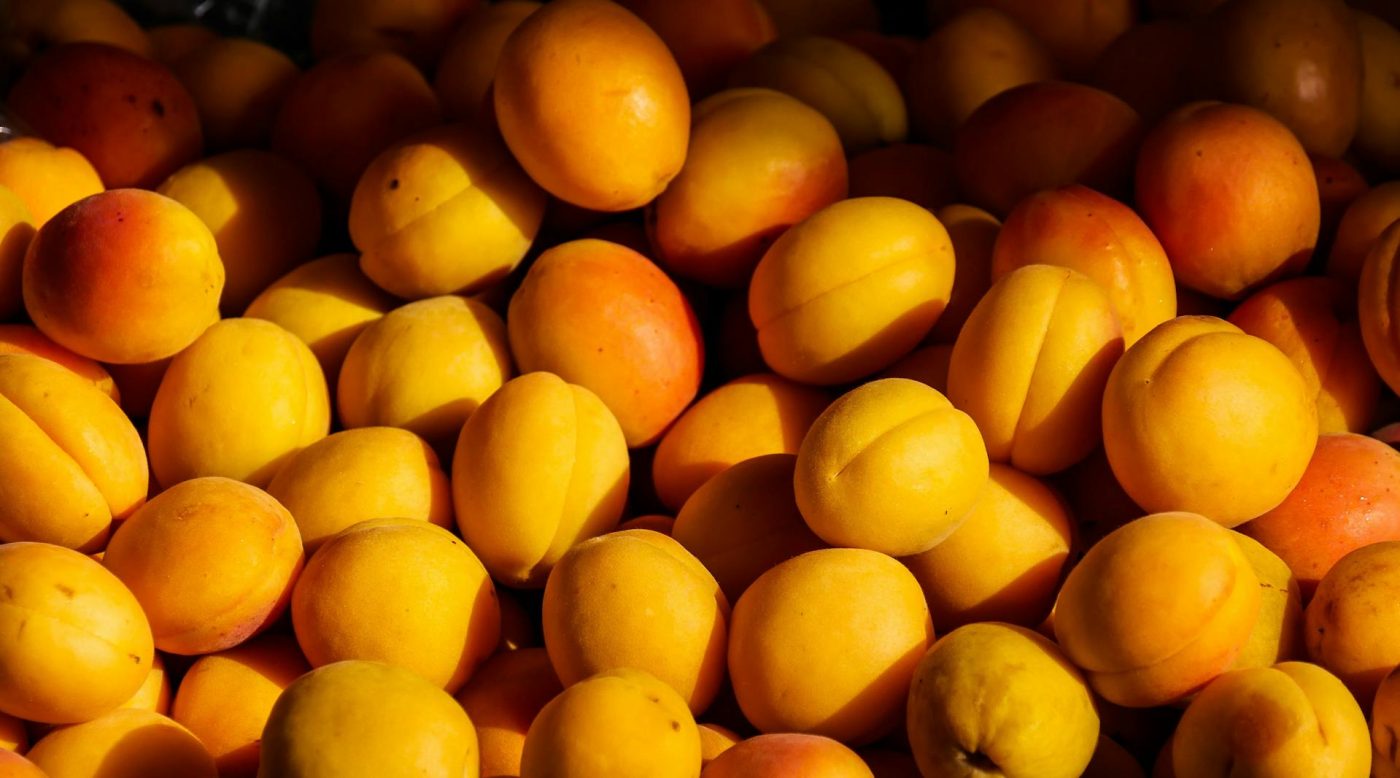YETRAC
Growing Apricots at the Allotment: A Detailed Guide
Growing Apricots at the Allotment: A Detailed Guide
Apricot trees can thrive in the right conditions, provided they receive ample sunlight and proper care. If you’re curious about how to grow apricots, this guide will walk you through everything from choosing the best variety to planting and caring for your tree. Whether you’re a beginner or an experienced gardener, growing apricots can be a rewarding experience.
When to Grow Apricots
Although apricots are sensitive to frost, modern varieties allow them to grow successfully in sunny areas. Bare-root plants can be planted during autumn while the soil is still warm. Container-grown apricot trees can be planted at any time of the year, though planting during the dormant season is often preferred.
Where and How to Grow Apricots
When choosing a location for your apricot tree, opt for a spot with well-drained soil and plenty of sunlight. Apricots perform best on south-facing slopes where they can receive maximum sunlight while being sheltered from frost.
- Digging and Planting: Once you’ve selected your site, dig a hole for the root ball. Add well-rotted compost or manure to enrich the soil, and water thoroughly.
- Mulching: Mulch around the base of the tree to retain moisture and suppress weeds.
Apricot trees can grow up to 12 feet tall, but with proper training, you can manage their size by fanning them out against a wall or encouraging bushier growth.
How to Take Care of an Apricot Tree
Growing apricots requires patience and consistent care, but the rewards are worth it. Apricot trees provide beautiful blossoms in spring and sweet, juicy fruit in summer.
- Watering: After the tree is established, make sure to water regularly, especially during dry spells.
- Frost Protection: Protect your apricot tree from frost, which can damage blossoms and affect fruit development.
- Pruning: Prune your apricot tree in spring or late summer. The fruits grow on older wood, so be mindful of this when pruning.
- Pollination: Apricots are self-fertile, but in cooler climates, they may need help with pollination. Use a paintbrush to gently move pollen from one blossom to another.
When and How to Harvest Apricots
The best time to harvest apricots is typically between late spring and mid-summer, depending on your location. Your apricots should be slightly soft and have a deep, rich color.
- Picking: Gently twist and pull the fruit from the tree. Be careful to avoid bruising as apricots are delicate. If your tree is producing a heavy crop, thin out some fruit to prevent damage and promote the growth of healthier apricots.
How to Store Apricots
Apricots ripen quickly, so it’s important to store them properly:
- At Room Temperature: Store them at room temperature until they are ripe.
- In the Refrigerator: Once ripe, apricots can be stored in a plastic bag in the fridge’s drawer for about a week.
- Freezing or Drying: For long-term preservation, you can freeze sliced apricots or dry them for snacks.
Growing Apricots: A Summary
Planting Apricots
- Select a sunny, well-drained location
- Plant in late winter or early spring
- Space trees 20-25 feet apart
- Dig a hole for the root ball and water thoroughly
Growing Apricots
- Use well-drained, fertile soil
- Prune annually to promote healthy growth
- Protect the tree from pests and frost
Harvesting Apricots
- Monitor for ripeness (slightly soft to the touch)
- Harvest in the morning when temperatures are cooler
- Twist the fruit gently to avoid bruising
- Use immediately or store in a cool place
With the right care and attention, apricots can be a fruitful and visually appealing addition to your garden or allotment. Enjoy the process of nurturing these trees and savor the delicious results!

